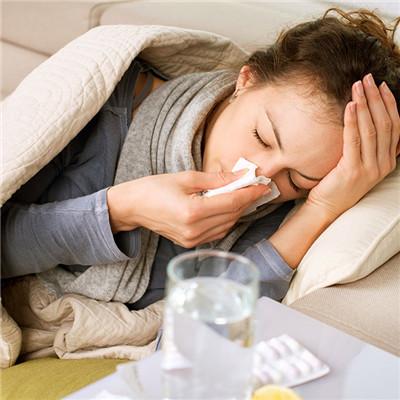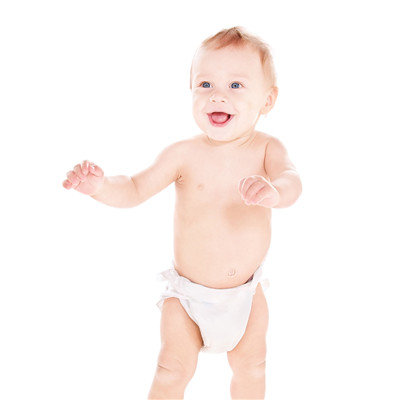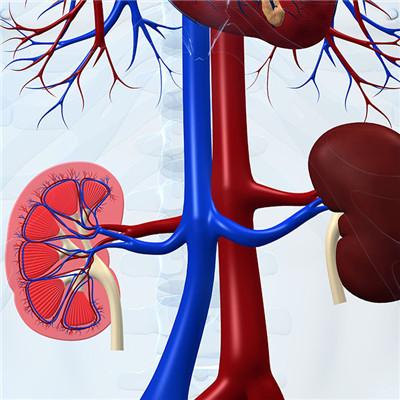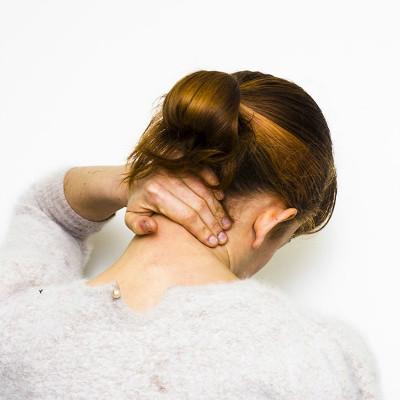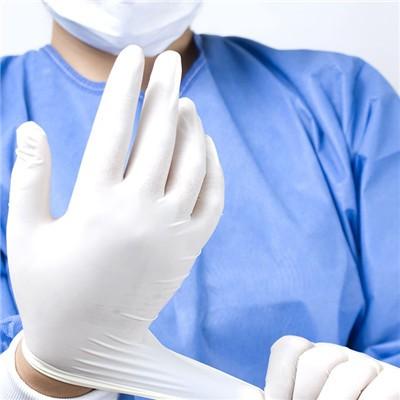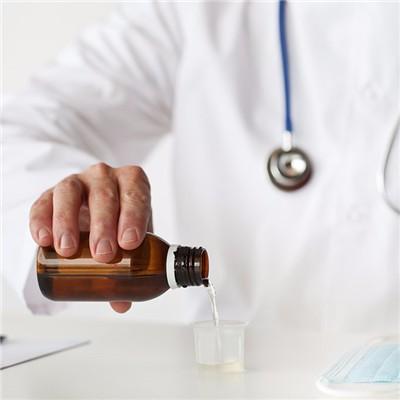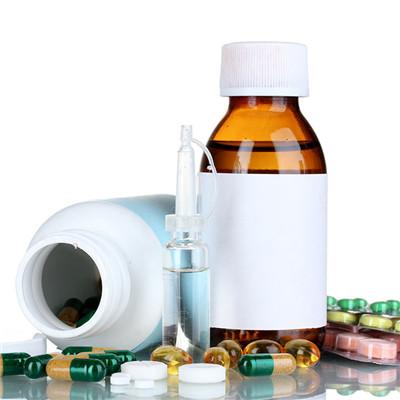What is foot and mouth disease
summary
Foot and mouth disease virus has strong resistance to the outside world and is not afraid of dryness. It has strong resistance to many chemical disinfectants. For example, phenolic disinfectants have little effect on foot and mouth disease virus, and organochlorine preparations can kill the virus in 30 minutes. Sodium hydroxide, iodine preparation and peracetic acid are effective on foot-and-mouth disease virus and can kill the virus in a short time.
What is foot and mouth disease
The first is epidemiological foot-and-mouth disease virus (FMDV) infects many kinds of animals. Cloven hoofed animals are the most susceptible, cattle are the most susceptible, pigs are the second, sheep are the second. Sex and susceptibility have no effect, but young animals are more susceptible than old animals. The main sources of infection of the disease are infected animals and infected animals. Through the way of blister fluid, excretion, secretion, exhaled gas and so on, the highly infectious virus is discharged to the outside, polluting feed, water, air, appliances and environment.
Second, it is widely spread after slaughtering through meat, viscera, blood, fur and waste water without disinfection. In particular, the virus content in lymph nodes and bone marrow of sick pigs and latent pigs was the highest, which could be the main transmission factors of foot-and-mouth disease. This disease usually infects through respiratory tract and digestive tract, also can infect through wound and even complete mucous membrane and skin.
Third: foot and mouth disease is a highly infectious disease, which spreads rapidly. Once it starts to spread, it is like a prairie fire, and spreads by leaps and bounds. After infected with foot-and-mouth disease virus (FMDV), pigs first store and proliferate in the pharynx, larynx and lung epithelial cells. The amount of virus in the air of infected pigs is 20 times as much as that of cattle. Therefore, the main way of rapid transmission in pig houses is air borne infection.
matters needing attention
The blister was filled with clear or slightly turbid serous liquid, and the blister burst quickly to expose the dark red erosive surface with neat edge. If there was no secondary bacterial infection, the lesion healed after 1-2 weeks of scab formation. If the foot is seriously damaged, it will take more than 3 weeks to recover.
